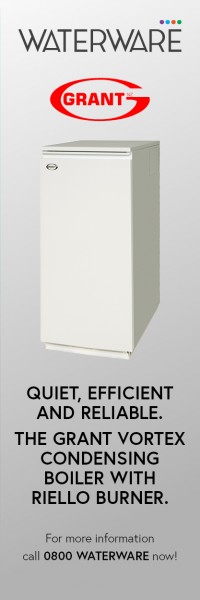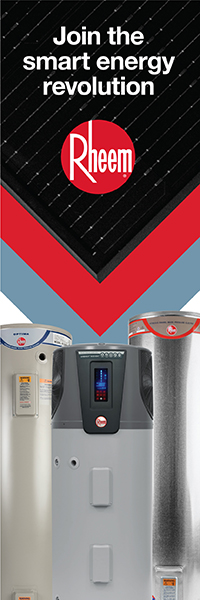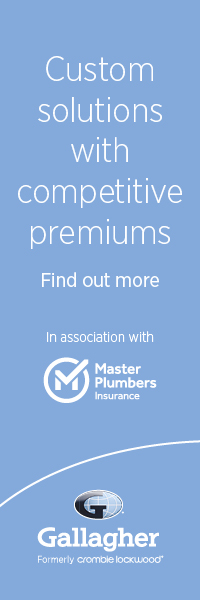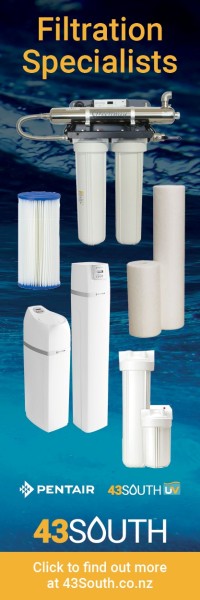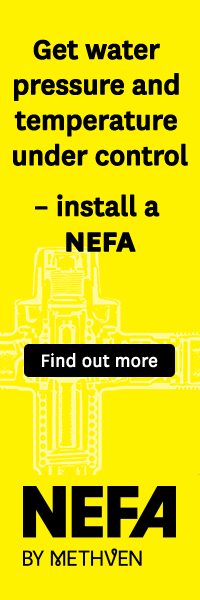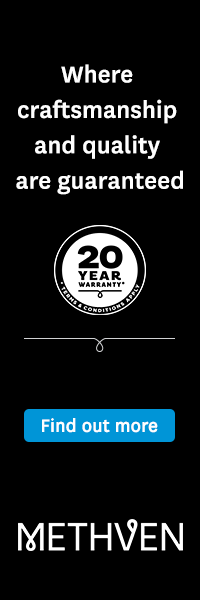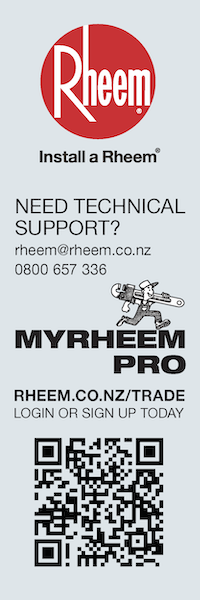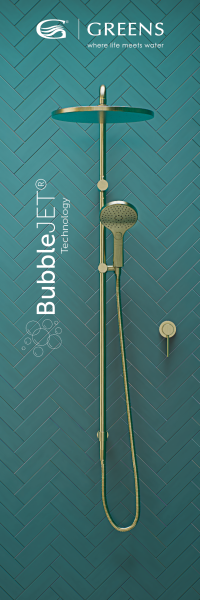Smart toilet technology
15 October 2019
Innovations in digital and engineering technologies have seen a recent flurry of inventions relating to the humble toilet.
The most common and well-known of these technologies sit at the luxury end of the spectrum. Features such as heated seats and soothing music have been common in Japanese bathrooms and high-end hotels for more than a decade.
Intelligent toilets
Recent developments in smart technologies have added to the features on offer. For example, the Kohler Numi 2.0 intelligent toilet, unveiled earlier this year, offers built-in surround sound speakers, ambient mood lighting, a heated seat, a UV sanitation wand, and an automatic lid and flush. Expected to be commercially available at the end of 2019, the toilet allows users to control its features with their voice. They can also check the weather and traffic, listen to the news, order more toilet paper and select their choice of background music, all while seated in comfort.

Kohler's Veil toilet suite, available in New Zealand, has one-touch wireless remote control functionality as well as an integrated self-sanitising bidet.
Although Kohler does not currently plan to release the Numi 2.0 in New Zealand, another of its intelligent toilets, the Veil, has been available here for the past three years. The Veil offers one-touch wireless remote-control functionality and, like the Numi 2.0, incorporates an integrated self-sanitising bidet.
The inclusion of a built-in bidet caters not only for high-end markets, but also for the world’s increasingly multi-cultural populations. While bidets have traditionally been common in European, Asian and the Middle Eastern bathrooms, there has been more reticence about their use in Australasia, the US and UK. Incorporating the bidet into the actual toilet overcomes this issue. It also has environmental benefits, with the ease of use and accuracy of new bidet features potentially removing the need for toilet paper.
Environmental gains
Using digital technologies to make environmental gains is an area of particular interest for Caroma in Australia.
“We’re interested in all developments in smart toilet technology,” says Caroma Innovation Director Dr Steve Cummings.
“But at the moment, our focus is on the environmental and water conservation side of things. We’re exploring how we use these technologies to make more efficient products and provide better data to our customers, which will in turn enable them to make more informed decisions on how they manage and control water usage in their buildings for improved sustainability.”
Foremost among these technologies is Caroma’s Smart Command—an intelligent bathroom management system that harnesses the internet of things (IoT) to enable real-time remote monitoring, management and control of water use in commercial bathrooms.
Data gathered from fixtures linked to the system (toilets, urinals, hand basin taps) is wirelessly sent from the fixtures to a gateway in the bathroom, before being sent to a centralised concentrator, and from there into the building management system or Caroma’s cloud-based database.

Caroma's Smart Command enables real-time remote monitoring, management and control of water use in commercial bathrooms.
A plumber, say, can access up to a month’s worth of data from each fixture using their smartphone or other device while standing in the bathroom itself, whilst in excess of 20-years’ worth of data is available from the management system and database.
“The benefits are not just environmental,” says Steve. “Smart Command improves facility hygiene and user wellbeing, reduces maintenance costs and can significantly increase facility uptime.”
Although the Smart Command systems are currently predominantly being specified by building facility managers and architects for commercial buildings, Steve considers it is only a matter of time before the technology migrates to domestic settings.
“People will be exposed to the features the technology offers in public bathrooms—such as touchless flushing and flush option selection—and will want them in their homes,” he says. “And plumbers will promote the benefits of the advanced maintenance and usage data, and water conservation potential of the systems. It won’t be long before smart integrated sanitation systems become the norm.”
This blog has been adapted from an article by Sarah Johnson in NZ Plumber magazine, Apr/May 2019 issue.
READ NZ PLUMBER MAGAZINE HERE






